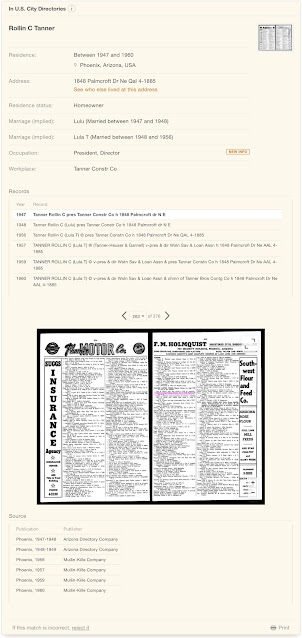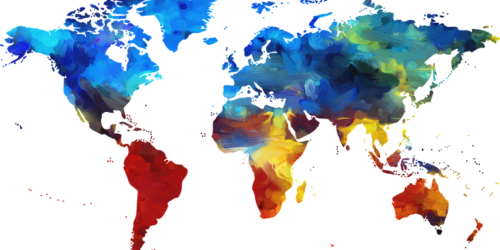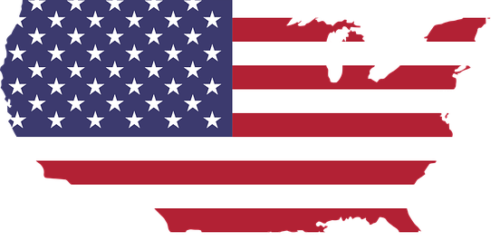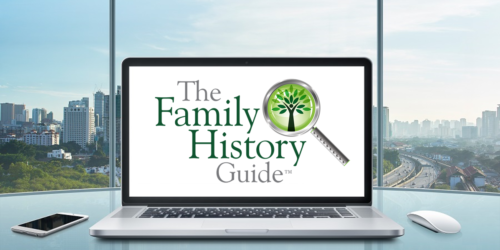You may never have thought of using employment records to find an ancestor or relative but there is a huge untapped reservoir of records out there around the world. The challenge is that employment records are only rarely classified as “genealogically significant” and they are largely ignored by the larger genealogical database/family tree websites. It is also unlikely that you will find these records online in digital format available to the public although there are exceptions.
Let me use, for example, railroad records. There are about 700 different railroads that operate common carrier freight services in the United States. See Wikipedia: “List of common carrier freight railroads in the United States.” Every state in the United States has at least one railroad including Hawaii. See Wikipedia: “List of Hawaii Railroads.” Although the number of railroad employees has been declining over the years, some railroad records go back to the early 1800s. On February 28, 1827, the Baltimore & Ohio Railroad became the first U.S. railway chartered for commercial transport of passengers and freight. You might be interested to know about this collection of the B&O’s records: Smithsonian Institution, Smithsonian Online Virtual Archive: “Preliminary Guide to the Baltimore and Ohio Railroad Records.”
You can start becoming aware of your ancestors’ occupations and employment by using the U.S. Federal Census. The 1850 census (column 7), 1860 census (column 7), 1870 census (column 7), and 1880 census (column 13) all indicate the person’s occupation. Some of the censuses in England, Scotland, and Wales also show occupation. Another place to go for occupations is the vast collection of City Directories that are just now beginning to be generally available online. Here is an example from the collection on MyHeritage.com showing the occupation of one of my uncles, Rollin C Tanner.
Here is a screenshot of the entry.
It turns out that there is extensive historical information available about this company. For example, there is a book entitled “The Tanner Companies” by L. Morris Richards and Carl C. Jacobson. This is full of history, biographies, and photographs and is 884 pages long. When you begin your search for your ancestors’ occupation and continue with research into that occupation and the companies and entities that employed your ancestors, you may be amazed at the huge amount of information available.
This is an area that requires real research skills. Using the example above from the City Directory, we have the name of the company and a search online turned up not only the history of the company but the location of the documents about the company in the Arizona Historical Foundation.
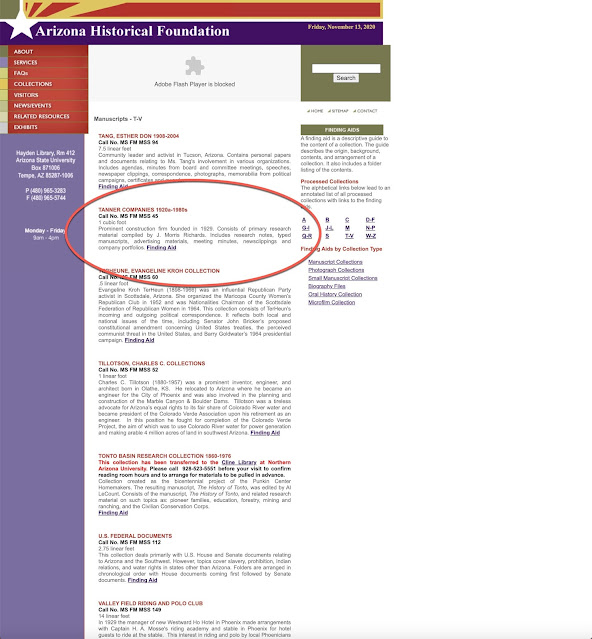 |
| http://www.ahfweb.org/collections_manuscripts_TV.htm |
The best way to find these records is to keep looking.

